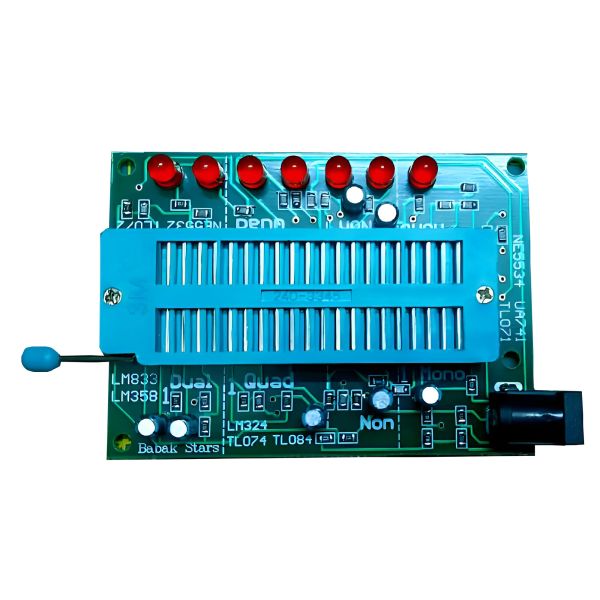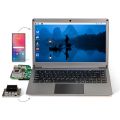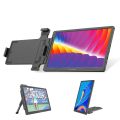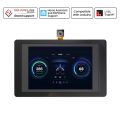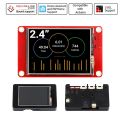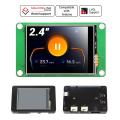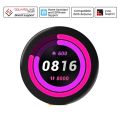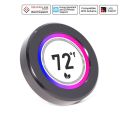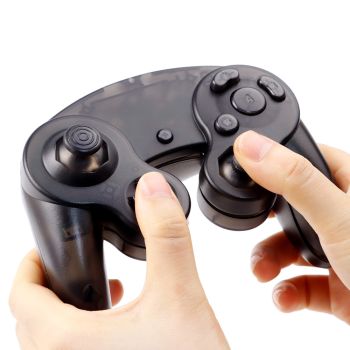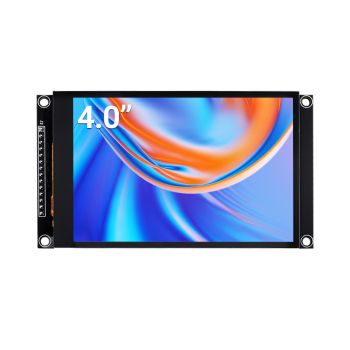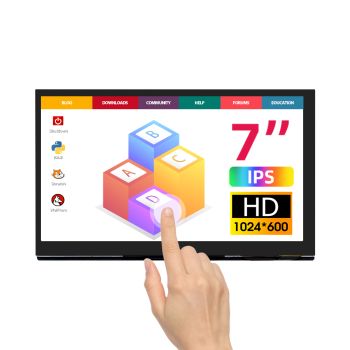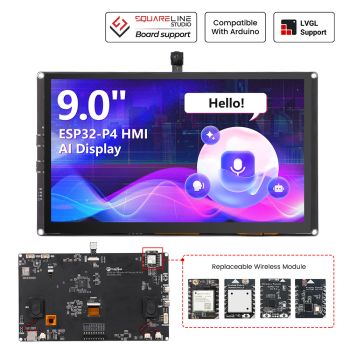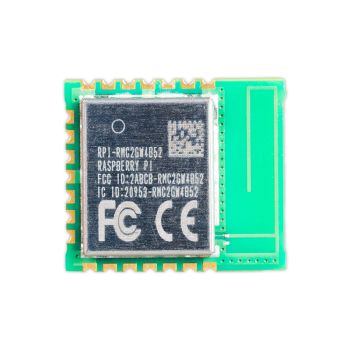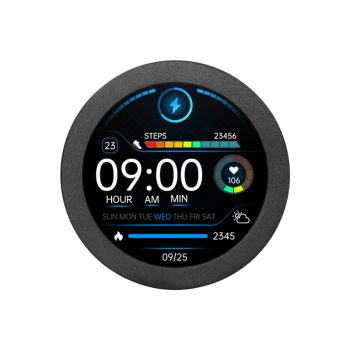OP-AMP Tester

This module is capable of testing a wide range of op amp ICs including single, dual and quad.
It is very compact compared to similar ones.
Because of the ZIF socket, the module will fail much later.
Competitive price compared to similar large models.
It has an adapter jack. (12V 1A recommended).
A very important point is how to place the ICs on the socket, which is explained in detail. (Do not use the NON section)
Welcome to the training section for the Op-Amp Tester Module.
Let me summarize first. This module is capable of testing single, dual, and quad op amps. So if you place the op amp IC in the right place and connect an adapter to the module, the output or outputs of that IC will blink the LED or LEDs. In addition, if you have an SMD to DIP conversion board for op amp ICs, you can also test SMD components.
But where are the correct places for the ICs? It is essential to pay attention to the guides on the board.
These guides include dashed lines that divide the ZIF socket on the board. The first section (on the right), called "Mono," is dedicated to testing single op-amps. On this side, the names of several ICs containing single op-amps are printed on the module.
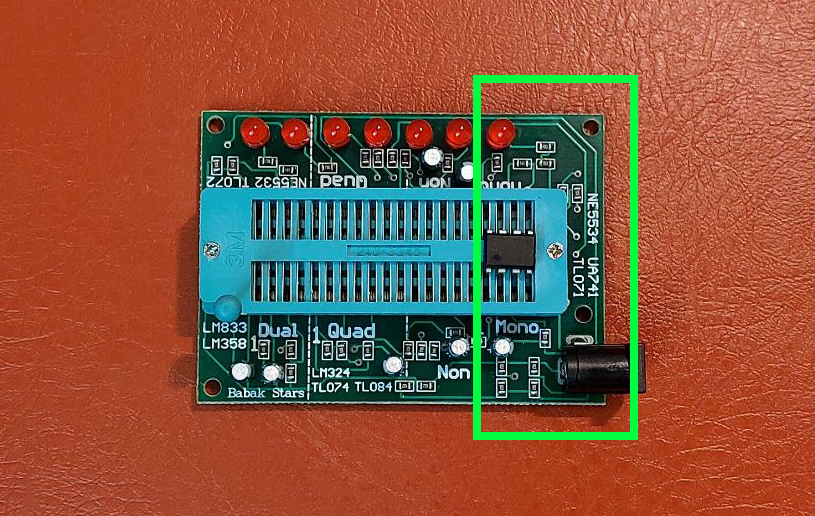
Important note: Next to the dashed lines, the number 1 is written to indicate the direction of pin number one of the op-amp IC placed on the ZIF socket.

Important note: No IC should be placed on the section labeled "Non," because these pins are not used. Please note that using these pins may apply unwanted voltages to your ICs.
 |
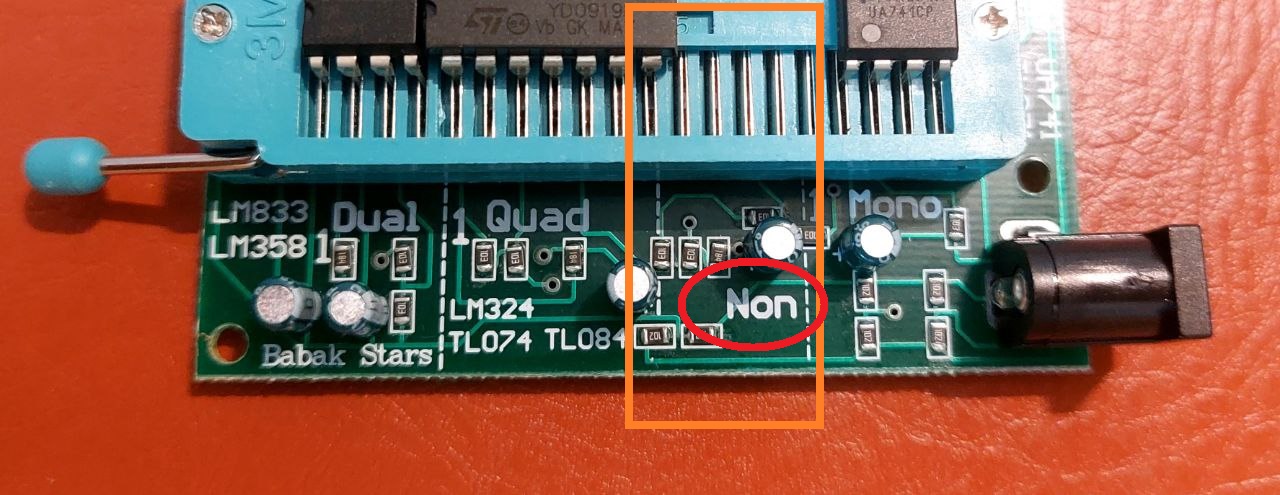 |
The middle section is for testing quad op-amp ICs. Some quad ICs are listed on the module. This section flashes 4 LEDs.

The last section is for dual op-amp ICs. Some dual ICs are listed on the module. This section will flash two LEDs.
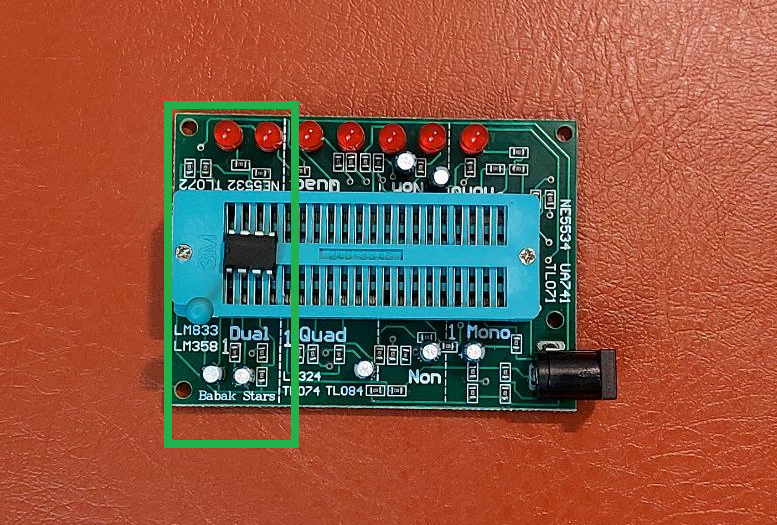
Finally, you can test all three categories of ICs simultaneously. Don’t forget to close the ZIF socket lock after placing the IC, then connect a 12V adapter to the adapter jack. This module has been tested, and a 12V 1A adapter is highly recommended for working with this module.
Warning: If you are using ICs that require a higher supply voltage, remove the remaining chips and apply a higher voltage to the input.

For your convenience, it is recommended to face the numbers 1 printed on the board, which is in the direction of the adapter jack, towards you. As shown in the figure above.

